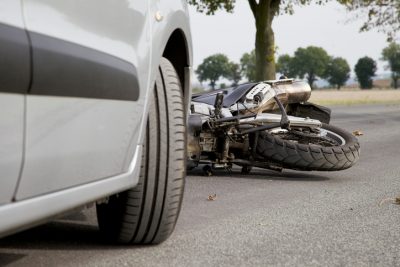

- #Chicago traffic accidents how to#
- #Chicago traffic accidents windows 10#
- #Chicago traffic accidents code#
- #Chicago traffic accidents tv#
#Chicago traffic accidents tv#
Ĭ | Chicago TV News, Chicago Stringers and Scanner Monitors, and Chicago Weather. parsnip_0.1.7.900 modeldata_0.1.1 infer_1.0. | Chicago TV News, Chicago Newspapers and News Websites, and Chicago Weather. stats graphics grDevices utils datasets methods base
#Chicago traffic accidents windows 10#
Running under: Windows 10 圆4 (build 22000) Geom_line(size = 1.5, color = hrbrthemes::ipsum_pal()(1)) + Ggplot(aes(x = 1 - specificity, y = sensitivity)) + How does the ROC curve for the testing data look? collect_predictions(crash_fit) %>% Labs(x = "Variable importance score", y = NULL) + Ggplot(aes(value, fct_reorder(term, value))) +

Which features were most important in predicting an injury? crash_imp % crash_fit ġ accuracy binary 0.728 Preprocessor1_Model1Ģ roc_auc binary 0.821 Preprocessor1_Model1 Let’s now fit to the entire training set and evaluate on the testing set. What do the results look like? collect_metrics(crash_res) # metrics on the training set # A tibble: 2 x 6 all_cores <- parallelly::availableCores(omit = 1)ġ1 future::plan("multisession", workers = all_cores) # on WindowsĬontrol = control_resamples(save_pred = TRUE) Let’s fit this model to the cross-validation resamples to understand how well it will perform. Model -īagged Decision Tree Model Specification (classification) Let’s start by splitting our data and creating 10 cross-validation folds. Title = "Are injuries more likely in different locations?",Ĭaption = "Data: Chicago Data Portal | Visual: is all the information we will use in building our model to predict which crashes caused injuries. Theme( = element_blank(), = element_blank()) + Guides(col = guide_legend(override.aes = list(size = 3, alpha = 1))) + Ggplot(aes(longitude, latitude, color = injuries)) + Title = "How do injuries vary with first crash type?", Ggplot(aes(percent, first_crash_type, fill = injuries)) + Mutate(first_crash_type = fct_reorder(first_crash_type, n)) %>% Title = "How does the injury rate change through the week?", X = "% of crashes", y = NULL, fill = NULL, Scale_x_continuous(labels = percent_format()) + Geom_col(position = "dodge", alpha = 0.8) + Ggplot(aes(percent, crash_date, fill = injuries)) + Mutate(crash_date = wday(crash_date, label = TRUE)) %>% Title = "How has the traffic injury rate changed over time?",Ĭaption = "Data: Chicago Data Portal | Visual: %>% X = NULL, y = "% of crashes that involve injuries", Ggplot(aes(as_date(crash_date), percent_injury)) + Mutate(crash_date = floor_date(crash_date, unit = "week")) %>% This is not a balanced dataset, in that the injuries are a small portion of traffic incidents. X = NULL, y = "Number of traffic crashes per week",Ĭolor = "Injuries?", caption = "Data: Chicago Data Portal | Visual: + Title = "How have the number of crashes changed over time?", Scale_y_continuous(limits = (c(0, NA))) + Geom_line(aes(as.Date(crash_date), n, color = injuries), Mutate(name_lab = if_else(crash_date = last(crash_date), injuries, NA_character_)) %>% Mutate(crash_date = as_date(floor_date(crash_date, unit = "week"))) %>%

Report_type = if_else(report_type = "", "UNKNOWN", report_type), Injuries = if_else(injuries_total > 0, "injuries", "noninjuries"),
#Chicago traffic accidents how to#
Our goal here is to demonstrate how to use the tidymodels framework to model live-caught data on traffic crashes in the City of Chicago on injuries. Inspired by Julia Silge’s Predicting injuries for Chicago traffic crashes

Note that any generated files, e.g. HTML, png, CSS, etc., are not included in this status report because it is ok for generated content to have uncommitted changes. Untracked: code/work list batch targets.R Ignored: data/weatherstats_toronto_daily.csv Ignored: data/YammerDigitalDataScienceMembership.xlsx Below is the status of the Git repository when the results were generated: workflowr only checks the R Markdown file, but you know if there are other scripts or data files that it depends on. Note that you need to be careful to ensure that all relevant files for the analysis have been committed to Git prior to generating the results (you can use wflow_publish or wflow_git_commit). See the Past versions tab to see a history of the changes made to the R Markdown and HTML files. The results in this page were generated with repository version 78afe8f.
#Chicago traffic accidents code#
Tracking code development and connecting the code version to the results is critical for reproducibility. Great! You are using Git for version control.


 0 kommentar(er)
0 kommentar(er)
